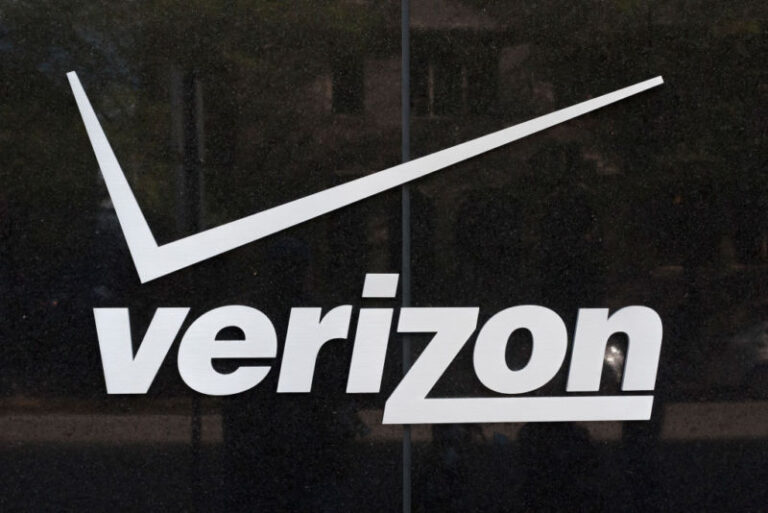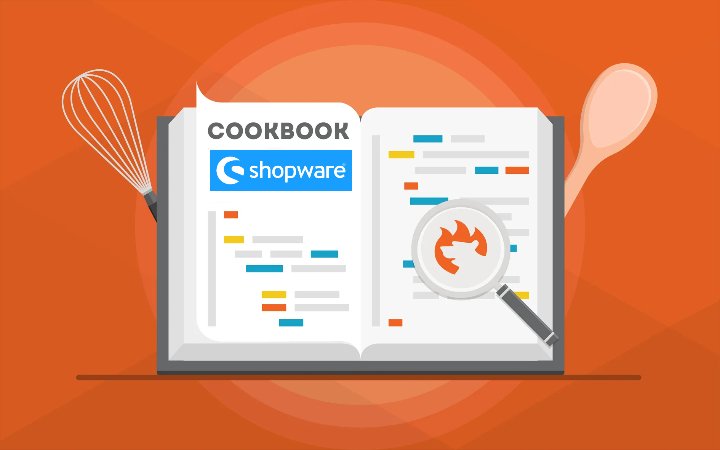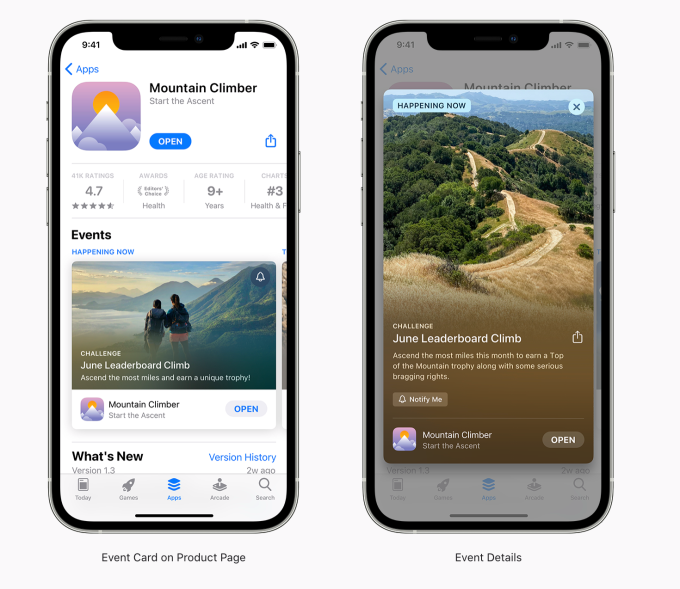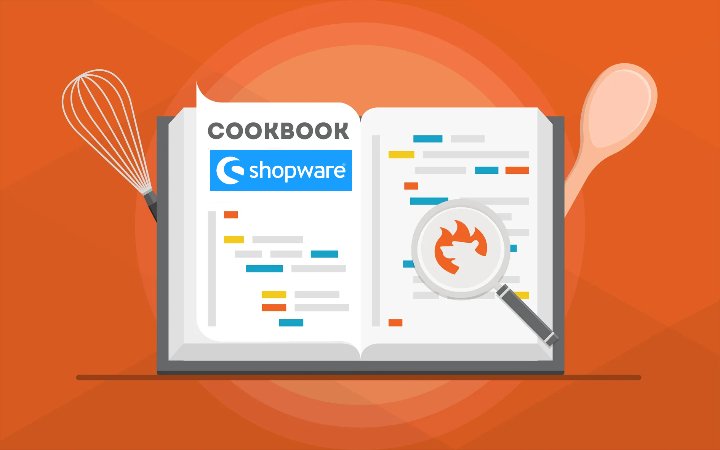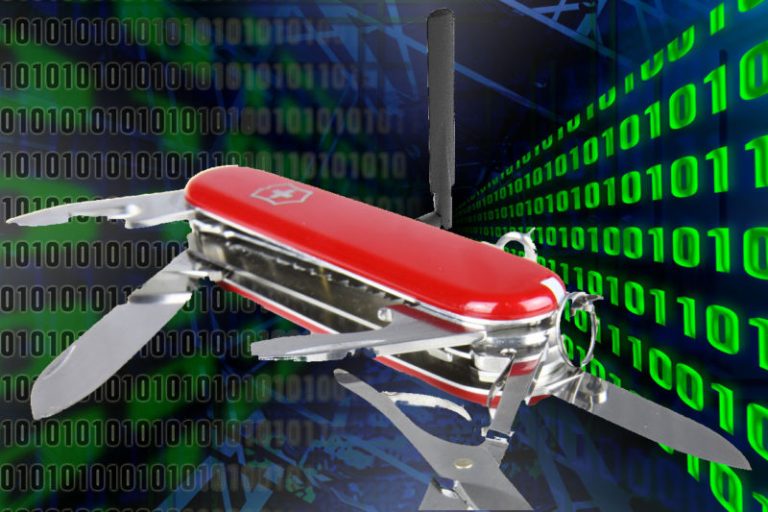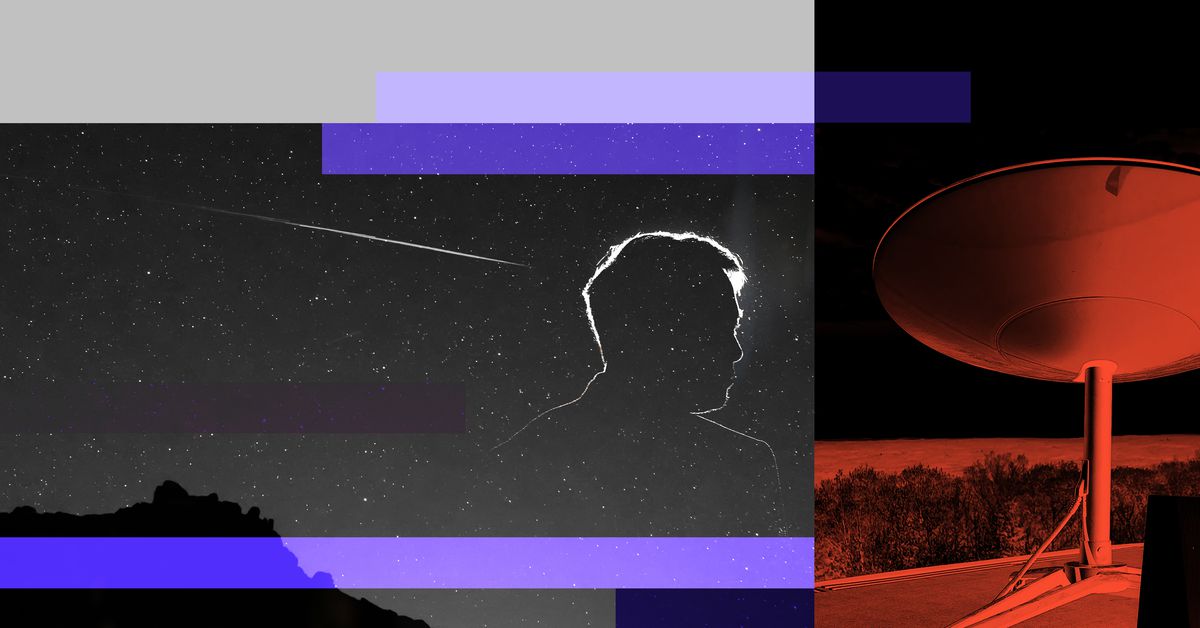
Derrin Carelli’s Reddit post couldn’t be a better advertisement for Starlink, the satellite internet service brought to you by Elon Musk’s SpaceX.
In a short video, Carelli shows off the breathtaking view from his cabin, nearly 11,000 feet up in the Colorado Rockies. The camera pans down to a tiny satellite dish perched on the edge of a cliff, then Carelli walks into his cabin, where he taps on his iPad. A YouTube video of Joe Rogan interviewing Musk comes up and loads immediately. High-speed, low-latency internet in the middle of nowhere. Carelli gives the camera a thumbs up.
Carelli’s cabin is truly off the grid — he told Recode that cell service (and the nearest grocery store) is 30 miles away, and the nearest landline is five. There are no power lines, no water lines, no sewer hookup, and no roads. Carelli has to hike about a mile just to reach his cabin, which he calls Wolf Lodge. He wanted that isolation, but he also wanted to be able to communicate with the outside world in case there was an emergency.
But, like millions of Americans who live in remote areas, he didn’t have many options. There was no terrestrial broadband. No 5G. Satellite internet was too expensive and slow. That’s a problem the government has been trying to solve for decades; the Federal Communications Commission (FCC) has made it one of its mandates. And the agency has awarded SpaceX a lot of money to help close the digital divide with its new Starlink internet service, which is slowly rolling out to a small group of beta testers.
When Carelli heard about Starlink’s so-called “better than nothing” beta program, he says he became “obsessed with everything Starlink,” even watching for its satellites in the night sky and “giggling like a little kid as they went by” while he waited for his chance to become a beta tester. In February, he got his satellite dish: Dishy. (Yes, the company assigned a cutesy name to it. Dishy’s full name is Dishy McFlatface.) And it’s safe to say that Carelli certainly thinks Starlink is better than nothing.
“The feeling I got from plugging in Dishy and receiving internet at my cabin is similar to what it must have been like for cavemen to discover fire,” Carelli said. “A feeling of ‘Wow, civilization is advancing!’”
Carelli is one of more than 10,000 Starlink beta testers globally. Another 500,000 people have signed up and paid their $99 deposits to get the service when it’s available in their area, according to the company. Musk tweeted that he anticipates having “several million” users in urban areas as well as rural ones — though he also acknowledged it will be a “challenge” to serve them all. The Starlink subreddit Carelli posted his video to is full of stories similar to his: people whose remote location made it difficult or impossible to get adequate broadband internet before, and who are very happy with the service they’re getting from Starlink now. They post photos and videos of unboxing and setting up their new Dishys, screenshots of internet speed tests, and, in one case, a poem dedicated to their “crappy rural DSL provider” that they could finally leave behind now that they had Starlink.
But not everyone is thrilled with Starlink or SpaceX, which did not respond to numerous requests for comment. Some reviews complain that the service is unreliable and can be slow. Astronomers are concerned that the thousands of satellites that Starlink and similar services plan to deploy will obscure their vision of the sky; others worry that the satellites will add to space that is already too crowded, and increase the risk of collisions. Rivals have accused SpaceX of overpromising Starlink’s capabilities to get nearly $1 billion in government subsidies from the FCC, money that was part of a program that has also been controversial.
It remains to be seen if Starlink can live up to its potential. But it certainly has a lot of potential.
Why we need better satellite internet
We’ve had satellite internet for decades now, as my colleague Adam Clark Estes explained last fall. Traditional satellite internet, provided by companies like Viasat and HughesNet, puts a few satellites in high Earth orbit — about 22,000 miles up — orbiting it at the same rate as the planet rotates. This is called a geosynchronous, or GEO, orbit. At that height, just a few of them can cover most of the Earth’s surface, and they’re what many people in America who don’t have terrestrial internet have to rely on to get connected.
But GEO satellite internet has a reputation for being slow and expensive, and it wasn’t designed for data-heavy real-time applications where low latency is crucial. The distance that signals have to cover from the Earth to the satellite and back causes a significant lag for things like Zoom meetings, video games, and streaming videos. So many of the things people use the internet for today — things that are essential for school, work, even health care — are difficult or impossible to do. And that puts those people at a distinct disadvantage to those who do have high-speed, low-latency internet. The pandemic made that disadvantage very apparent.
Starlink is different. SpaceX will put thousands of small satellites in low Earth orbit, or LEO. Most of them are about 350 miles up. Here, they form an interconnected constellation around the planet. Because they’re closer to the users, data has less distance to cover and the lag is significantly reduced. It’s speedy, too: SpaceX says it can provide 100 megabits per second download speeds and 20 Mbps upload to users and plans to bump that up to 1 gigabit per second or even 10 Gbps. Compare that to HughesNet, which only offers 25 down and 3 up — the FCC’s bare minimum standard for broadband — and Viasat, which offers up to 100 Mbps download speeds for its most expensive plan but only 3 Mbps up.
SpaceX isn’t the only company trying this. Among its competitors are Amazon’s Project Kuiper and OneWeb, which recently emerged from bankruptcy. But Starlink is currently the only LEO satellite broadband service up, running, and beaming internet to residential customers: a proof of concept that’s actively being added to. There are about 1,500 Starlink satellites up there now, and plans for a constellation of as many as 42,000 of them (in the nearer future, SpaceX plans for an array of 4,408 satellites).
The LEO constellation concept isn’t new, but we’re seeing multiple efforts now because it’s become cheaper to produce satellites and get them into orbit, technology has advanced, and, the demand — the need, really — for better satellite internet and universal connectivity has never been higher, Jeff Loucks, executive director of the Deloitte’s Center for Technology, Media & Telecommunications, told Recode.
For SpaceX, which owns and operates the rockets that send its Starlink satellites into space — and has made them partially reusable — getting into orbit is even cheaper. Starlink could be a nice little revenue source for SpaceX. Or it could be a massive drain on the company’s finances.
How Starlink became one of the FCC’s rural internet solutions
One government agency has already decided that Starlink has enough promise to give it funding, so some of your money is riding on this. SpaceX was of the biggest beneficiaries of the FCC’s recent $9.4 billion Rural Digital Opportunity Fund (RDOF) auction, winning nearly $900 million to provide low latency internet service with “above baseline” speed (defined as 100 Mbps download and 20 upload) to roughly 640,000 locations across 35 states.
It was a surprisingly large amount awarded to a company that was given a major break at the last minute, when the FCC decided that it qualified for the low latency tier. That gave SpaceX a huge advantage over the traditional satellite internet companies (Viasat got nothing; HughesNet got just $1.3 million) and even some terrestrial providers who needed more money to build out connections to those locations.
But that award was also decided when the FCC was chaired by Trump appointee Ajit Pai, whose tenure was marked by a pro-free-market, anti-regulation approach that matches well with how Musk does business.
“Pai decided to go all-in on this,” Harold Feld, senior vice president at the open internet advocacy group Public Knowledge, told Recode. “When you don’t want to actually do anything in terms of regulating the existing incumbents, you bet on new technologies.”
The FCC is now led by acting chair Jessica Rosenworcel, who previously criticized the RDOF auction, saying that the maps used to determine which areas needed high-speed broadband internet access weren’t accurate.
“We are spending billions of dollars without the facts we need,” Rosenworcel wrote in a partial dissent in February 2020. “We have not done a single thing to fix our dubious broadband data or address our inaccurate broadband maps.”
As some have pointed out, the FCC awarded funds to companies to cover areas that don’t appear to need internet service or that already have sufficient access to it. To give just one example: I was surprised to find that the FCC deemed one of my hometown malls eligible for RDOF subsidies (though not the surrounding homes or hospital), as well as a small section of my other hometown mall, most of which was its parking lot. SpaceX was the winning bidder for both of them, granted several thousands of dollars in subsidies. Neither is in an area anyone would consider to be rural or remote.
These concerns are echoed by some lawmakers, too. Shortly before Pai stepped down from the FCC as President Biden entered office, a bicameral, bipartisan group sent him a letter asking that the RDOF awardees be thoroughly vetted in a transparent process before any disbursements are made — which the FCC told Recode it intends to do.
“FCC staff are carefully reviewing long-form applications for the technical, financial, and operational capabilities to make sure that the winning bidders can deliver on their commitments,” spokesperson Will Wiquist told Recode. “This review will be completed before any support is disbursed.”
But the commission did not respond to follow-up questions about reexamining the locations it deemed eligible to receive subsidies (specifically, my hometown malls and their parking lots), or about when the funds will begin to be disbursed.
There are also concerns that areas awarded to SpaceX now won’t get any investment in terrestrial internet, since the subsidy those providers say they need to make such connections cost-efficient isn’t there. That’s fine if the location is so remote that no terrestrial internet company was ever going to spend the money to connect it anyway. It might not be so fine if it means your home is now relying on Starlink to emerge from beta mode, work correctly, and be affordable, when a subsidy to a terrestrial provider would have gotten you connected much sooner.
“I think a billion dollars is not necessarily a bad bet,” Feld said. “But at the same time, we need to be pushing for a much bigger investment in rural infrastructure. … We need to be much more supportive of having fiber [internet] to the home, even in rural areas.”
He added: “I’m glad they’re doing it. I support it. What I worry about is people thinking that this means that we’ve solved the problem when we really haven’t, and we don’t even know if this is going to be as good as it says it’s going to be.”
In Starlink’s favor, possibly, is that the Biden-era FCC has said closing the digital divide is a priority, with President Biden allotting $100 billion to connect all Americans to affordable high-speed internet in his $2 trillion infrastructure plan. LEO internet could help with this, especially for the remote places where terrestrial broadband is just not a reality.
“The Internet Society would prefer to see funding made available to new service providers, including community and municipal networks,” Mark Buell, the Internet Society’s regional VP for North America, told Recode. “However, for communities where fiber may not be possible, LEO satellites can work with community-driven solutions.”
If Starlink can’t ultimately deliver on the promises it made to the FCC, it wouldn’t be the first time a government program to get internet to under- and unserved areas — or one of the companies it gave money to — fell short. The government has been trying for years to connect the country through various initiatives and policies. Clearly, it has not. RDOF’s predecessor, the Connect America Fund, saw at least two established terrestrial internet providers that were given hundreds of millions of dollars, Frontier and CenturyLink, repeatedly fail to meet deadlines. Despite this, both companies were awarded hundreds of millions of dollars more at the RDOF auction.
Can Starlink scale up? Do we even want it to?
But there are already concerns about whether SpaceX and Starlink will be able to deliver on all their promises once the service finally emerges from its limited beta mode.
Competitors have been vocal about perceived shortcomings in the company and its technology, with several of them — including Viasat, Amazon, DISH Network, HughesNet, and OneWeb — protesting SpaceX’s recent request to the FCC to modify its license so its satellites could operate in an even lower orbit. Their concerns were largely waved off or left unaddressed by the FCC when it decided in April to grant SpaceX’s request, saying it was “in the public interest” and that the modification would “improve the experience for users of the SpaceX service, including in often-underserved polar regions.”
As Viasat pointed out in filings provided to the FCC and viewed by Recode, Starlink isn’t consistently meeting its 100/20 goal, according to some speed tests, and Viasat’s research indicates that Starlink will not be able to surpass various legal, technical, and economic hurdles.
“I’ve been in the industry for 33 years, and I’ve seen many systems come and go,” Viasat’s head of global government affairs, John Janka, said. “And I would say it isn’t the first time I’ve heard these pie-in-the-sky promises. … Everybody got excited. And then they couldn’t deliver.”
While it’s easy enough to dismiss Viasat’s complaints as those of a jealous rival — as Musk pretty much has — Starlink’s competition isn’t the only one making them. The Verge’s Nilay Patel, who was part of the beta tester program, said in a recent review that Starlink was “unreliable, inconsistent, and foiled by even the nearest suggestion of trees.” Sometimes, Patel said, it worked as promised. But a lot of times, it didn’t. And while this is a beta test, Starlink already has about a third of its initial planned network of satellites in the sky, which are servicing just a fraction of the number of customers SpaceX promised the FCC it would. It seems the company still has a lot of work to do.
There have also been concerns from astronomers that the number of satellites and their proximity to Earth required for constellations like Starlink will make the night sky too bright or block their view. We could be looking, literally, at tens of thousands of satellites in low Earth orbit if SpaceX, OneWeb, and Amazon’s Project Kuiper get their way, or hundreds of thousands of other companies join in. And this vastly increases the amount of space debris and the chances of a collision, especially if those satellites malfunction and can’t implement their collision avoidance systems. SpaceX and OneWeb’s satellites have already had one near miss (although, according to SpaceX, OneWeb was exaggerating the threat).
“There is something called the Kessler effect, which is essentially a collision chain reaction that renders space non-usable due to it being filled with debris,” Gabriel Rebeiz, an Institute of Electrical and Electronics Engineers (IEEE) fellow, told Recode, adding that it’s “not yet clear at this point” what the effect of so many more satellites in that orbit will be.
In the meantime, LEO is becoming increasingly crowded. SpaceX’s most recent launch, on May 15, added 52 more satellites to it. It came just a week after a May 9 launch of 60 satellites.
Even if Starlink can provide access, affordability might remain an issue — both for the customers and for SpaceX. Beta testers pay $499 for a Dishy and $99 a month for unlimited data. That’s cheaper than other satellite internet services (depending on how much data you use), but it’s still not cheap. There’s also no guarantee Starlink’s prices won’t go up from there. The sheer number of satellites LEO internet needs and their relatively short life span means SpaceX will constantly be replacing its satellites to keep its constellation up and running. The discount it gets from using its own rockets may not cover the expense of constantly having to launch them.
“These are pretty advanced pieces of equipment, and they’re relatively new,” Loucks, of Deloitte, said. “It just remains to be seen how robust and reliable they’re going to be.”
Meanwhile, SpaceX is already losing money on Dishys. SpaceX president Gwynne Shotwell said in April that they cost the company $1,500 each to make, even though it charges the consumer $499. In other words, SpaceX loses $1,000 on every Dishy. If and when Starlink scales up to the millions of customers SpaceX hopes to have all over the world, those costs may well go down and the company will have its path to financial viability. But, as with many things Starlink, it’s still an open question — some research from last year says that Starlink’s constellation simply won’t have the capacity to service even 500,000 customers with 100 Mbps speed internet simultaneously, let alone several million.
Musk also tweeted that Starlink was not yet financially viable and that he could only “hope” it would be able to do what previous attempts at LEO satellite internet couldn’t: not go bankrupt.
SpaceX needs to pass through a deep chasm of negative cash flow over the next year or so to make Starlink financially viable. Every new satellite constellation in history has gone bankrupt. We hope to be the first that does not.
— Elon Musk (@elonmusk) February 9, 2021
Points for honesty, but it’s not exactly a vote of confidence.
In the meantime, other LEO and GEO satellite internet companies are trying to play catch-up, either by getting their own constellations up or by improving on their existing services with new generations of higher capacity satellites.
As for Carelli, his enthusiasm has not wavered, three months into his beta test. He’s hoping to use that service to livestream a sunset from Wolf Lodge on his YouTube channel. But he’s being held back not by internet service but by YouTube’s rules: He doesn’t yet have the 1,000-subscriber minimum to livestream. In the meantime, he says he’s been “really satisfied” with Starlink’s service.
“The greatest pioneer living today and the person working most toward helping our species become a multi-planetary species is Elon Musk,” Carelli said. “When it comes to the price of Starlink, I’d gladly pay three times what it currently costs.”
Now it remains to be seen just what that cost will be.

